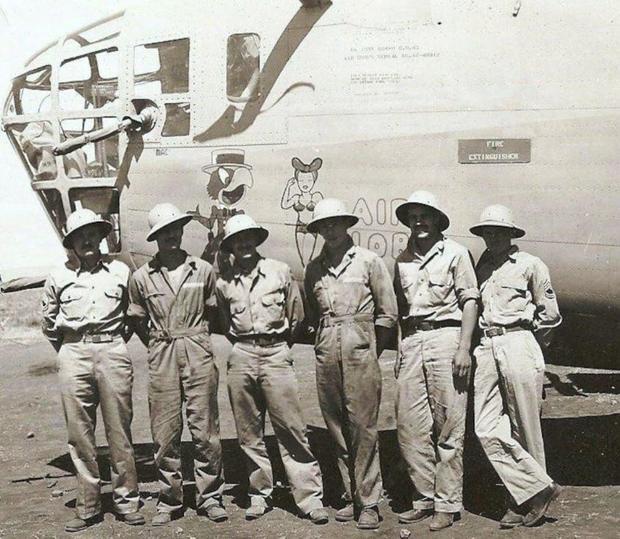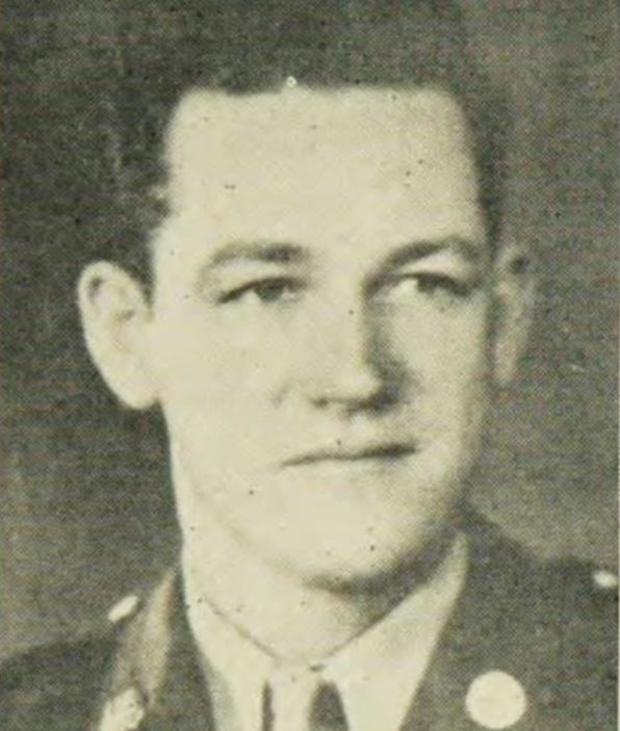Remains of 19-year-old U.S. airman killed during World War II identified
Officials say they have identified the remains of a 19-year-old U.S. Army airman who was killed during World War II. The Defense POW/MIA Accounting Agency (DPAA) announced Friday that U.S. Army Air Forces Staff Sgt. Richard G. Salsbury of Canaan, Maine, was accounted for in September 2021.
Salsbury was a gunner on a B-24 Liberator bomber that was shot down during Operation TIDAL WAVE, a major bombing mission targeting oil refineries in Romania, on Aug. 1, 1943. He was identified last year through DNA, dental and anthropological analysis, officials said Friday.
Salsbury will be buried in his hometown at a later date.
Officials say he was among 80 fallen service members whose remains were moved from Bolovan Cemetery after the war to Ardennes American Cemetery and Henri-Chapelle American Cemetery, both in Belgium. In 2017, the Defense Department began exhuming remains and attempting to identify them.
Salsbury's name is among missing service members on the Tablets of the Missing at the Florence American Cemetery in Italy. A rosette will be placed next to his name to indicate he has been accounted for.
According to newspaper clipping released by DPAA, Salsbury enlisted on January 5, 1942 — the day after his 18th birthday.
U.S. soldier killed in WWII identified 3 years after ID tags found
Also on Friday, the Defense Department said they had identified the remains of an Army soldier from South Carolina who was killed during World War II. DPAA announced that Army Staff Sgt. Grady H. Canup, 30, was accounted for on Jan. 26, 2022 — three years after his ID tag was found in Germany.
Canup was killed on Nov. 14, 1944, while fighting in the battle for Hürtgen Forest east of the Belgian–German border when enemy artillery fire hit near his foxhole. Because of the fighting, his body could not be recovered.
Canup was "declared non-recoverable in December 1951" — but decades later, a DPAA historian determined that one set of unidentified remains, originally discovered by a German forester and recovered in 1947, possibly belonged to Canup. Meanwhile, in 2019, Canup's identification tag was found in the Hürtgen Forest in the general location of where DPAA historians believed he was lost.
His remains were finally identified this year through DNA, dental and anthropological analysis as well as circumstantial and material evidence, officials said Friday.
According to a newspaper clipping released by DPAA, Canup left behind a wife and young daughter.
Canup will be buried on April 10, 2022, in Anderson, South Carolina.






